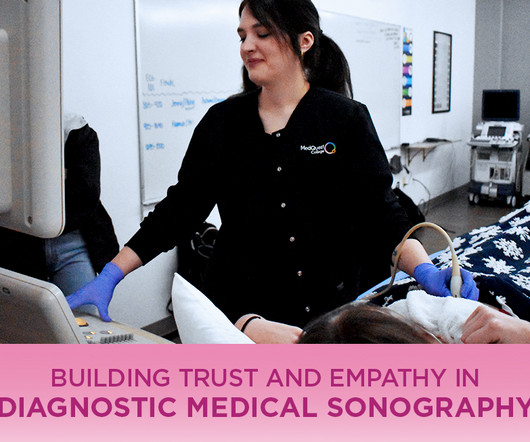The vital role of patient feedback in enhancing quality of care
Health Prime
OCTOBER 31, 2024
.” The pursuit of excellence in patient care is an ongoing journey. Therefore, medical practices must strive to diagnose and treat illnesses and provide compassionate and patient-centered care that meets the diverse needs of those they serve. According to the U.S.



















Let's personalize your content